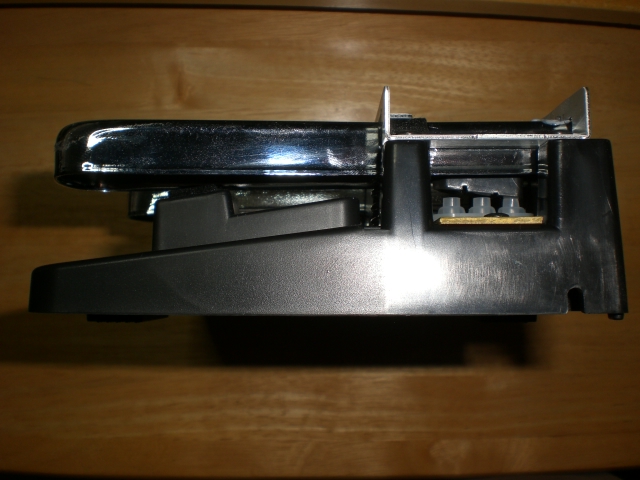groovy wrote:Hi,
all they promise is half-pedaling and this is what the DS-1H in combination with the Korg D1 does. They do not advertise continuous controlling or something, so no need to be really annoyed in my opinion.
A reduced resolution of 4 values has a few advantages of its own: Not more MIDI controller events on the MIDI bus, than absolutely necessary.
127 no damping
74 start of the twilight zone
38 end of the twilight zone
0 max damping
How strong the damping at this 4 values is, can be calibrated/weighted with Pianoteq's damping curve.
One disadvantage of this low internal resolution is, that the mechanical positions of those 4 values are fixed. This is obvious with the multiswitch in the PU-2, but does apply to a pot too.
But maybe the fixed mechanical positions are more of a theoretical problem.
Interesting, this thread is the first time I've heard that the D1 is limited with its sustain pedal in this way. I have a Roland FP-10 that is similarly limited, but even a bit worse, since any pedal through it is limited to three values, 0, 127, and some value in between that I can't remember, 60?
As you say, if you're using Pianoteq you can use Pianoteq's damping curve to change any of those values. You obviously don't get more values that way. But you do get different values, which changes the behavior of the pedal.
D1 users who want actual continuous sustain should be aware that you don't need to run your sustain pedal through the D1 at all. Pianoteq will play the same regardless of where its getting its sustain data from. So you can play the D1 keyboard and use some alternate source to run your pedal through. With my FP-10, if I get the itch for continuous pedaling, I sometimes set things up with my mini Yamaha Reface CP keyboard, next to the FP-10 and computer. I use the Yamaha reface only as a unit to route the sustain pedal through: sustain goes in Reface input jack, Reface output goes out the USB cable to the computer that's running Pianoteq. So Pianoteq then receives input from two devices: the Korg D1 (where I play the keys) snd the Reface (which sends the sustain data).
The easy way to convert any keyboard to play with a continuous sustain pedal is to use a special purpose add-on made to convert pedal output to MIDI USB. You plug the pedal into this little add-on unit, then connect its usb output to your computer. Here's one that seems to do a good job and costs $54: https://www.audiofront.net/MIDIExpression.php
I should say that the method I've described won't help you get continous output from a sustain pedal, unless the sustain pedal itself is a "continuous" pedal, not merely a switch.
Last edited by hesitz (23-10-2021 17:49)

